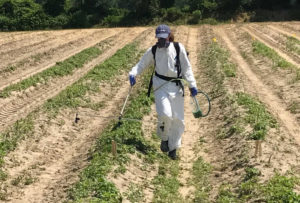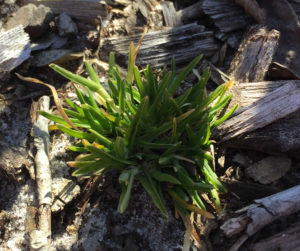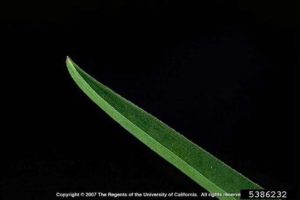Dear Organic Fruit Growers, Pest Management Professionals and other stakeholders:
Spotted-wing drosophila (SWD) has emerged as a devastating pest of small and stone fruits worldwide. We have organized a webinar to provide you with the most updated information on everything you need to know for organic management of SWD.
Please register at: https://eorganic.org/node/33992 to attend this webinar.
Date: March 4, 2020 (Wednesday) 2:00-3:30pm Eastern
Presented by: Ash Sial (UGA), Mary Rogers (UMN), Kelly Hamby (UMD), Kent Daane (UC Berkeley), Rufus Isaacs (MSU), Vaughn Walton (OSU), Oscar Liburd (UF), Craig Roubos (UGA), Elena Rhodes (UF) and other members of the SWD OREI project team.
Sponsored by: Award No. 2018-51300-28434 Organic Agriculture Research and Extension Initiative (OREI) USDA National Institute of Food and Agriculture



